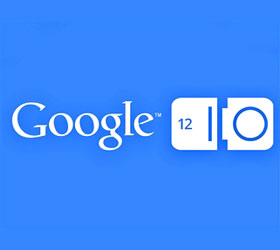The bang in the mobile Web has kicked off a debate about which is the best approach for developing applications that can give consumers and employees what they have been expecting: access to whatever form of content they want, whenever and wherever they want it. In fact, 2012 is also known as the year HTML5. This commonly used term used for the latest protocols defining content, layout, and navigation of Web pages through browsers, took the Internet by storm. But concerns surrounding HTML5’s architecture still seem to linger. Another debate doing the round is concerning the use of native mobile apps versus apps developed for the mobile Web. So the
question arises, why should anyone care? It’s because as consumers spend more time on their smartphones surfing the Web, downloading apps, playing games and streaming movies, app developers must also decide how efficiently they can develop richer and more functional experiences across an ever-growing number of device platforms. The wrong choice can lead in spending extra money, or in users becoming unhappy with poor quality and below average performance. As compared with the previous versions of HTML, its easier to create feature-rich Web-based applications that can be updated remotely with new functionality with the help from HTML5. It does not require users to download and install an update each time. In general, it can be said that HTML5 helps in filling up the functionality gap between mobile websites and apps.
Adversely, a native app is installed directly onto the smartphone and depending on the nature of the app, can work with no Internet connectivity in most cases. Compared with an HTML5 mobile app, where a developed app can run on multiple platforms, a native app approach can prove to be considerably expensive, as these apps must be developed platform-by-platform. Some companies have already taking advantage of the HTML5 styling. For example, fashion brand Burberry made news this past fall when it settled on for HTML5 to build a mobile app for its new watch. Native apps in the meantime created headlines with projections of 36 billion native apps being downloaded worldwide in 2012, which is an average of nearly 40 apps per smartphone user worldwide over the year. To go through the complete post, click here.





Although developers concur on the strengths of native development, they can’t overlook the easy option of Web development or hybrid development.